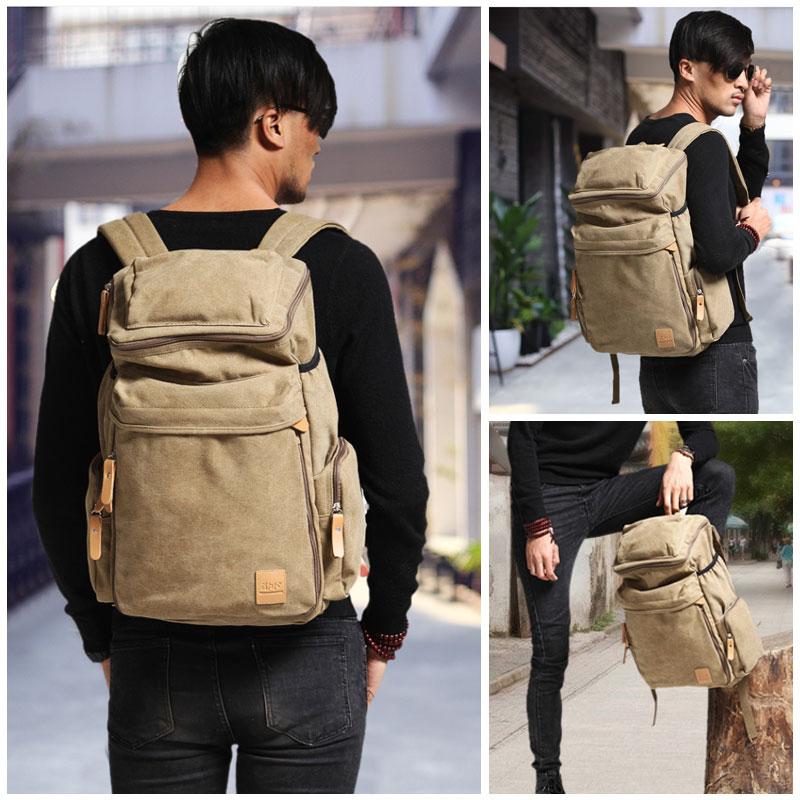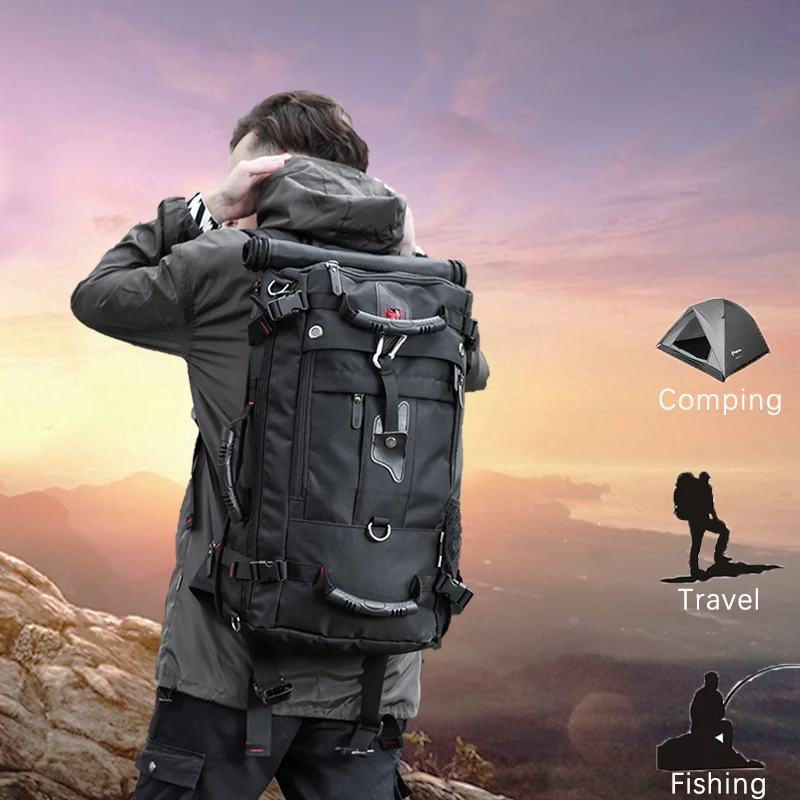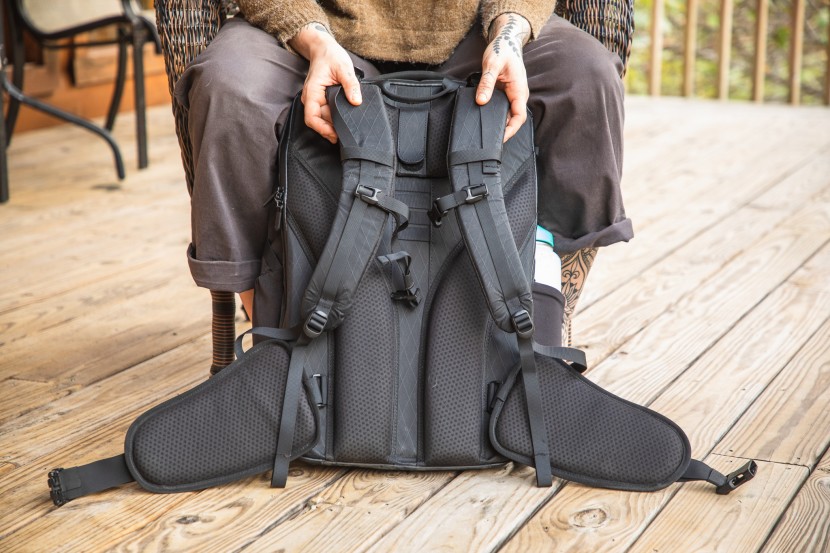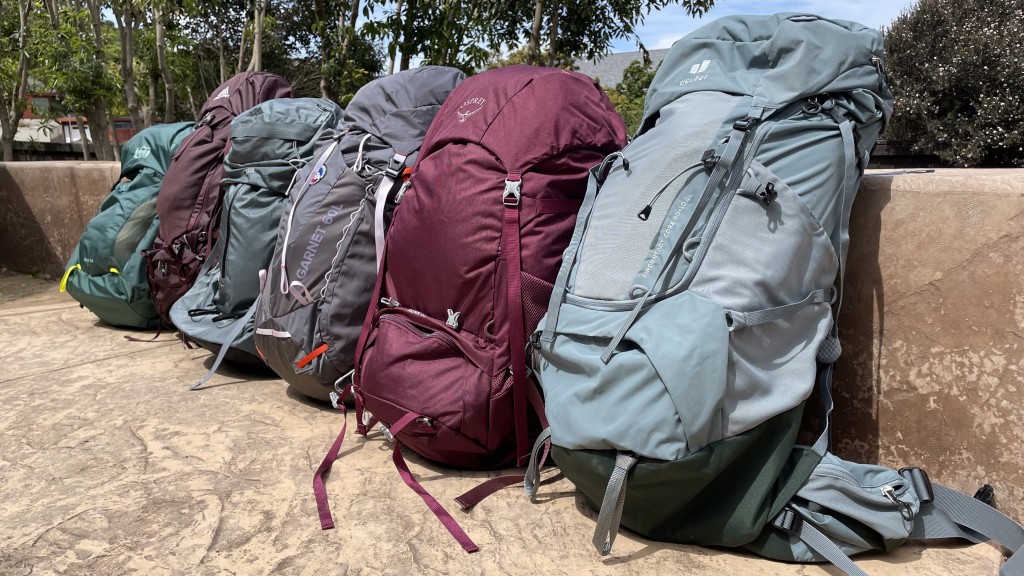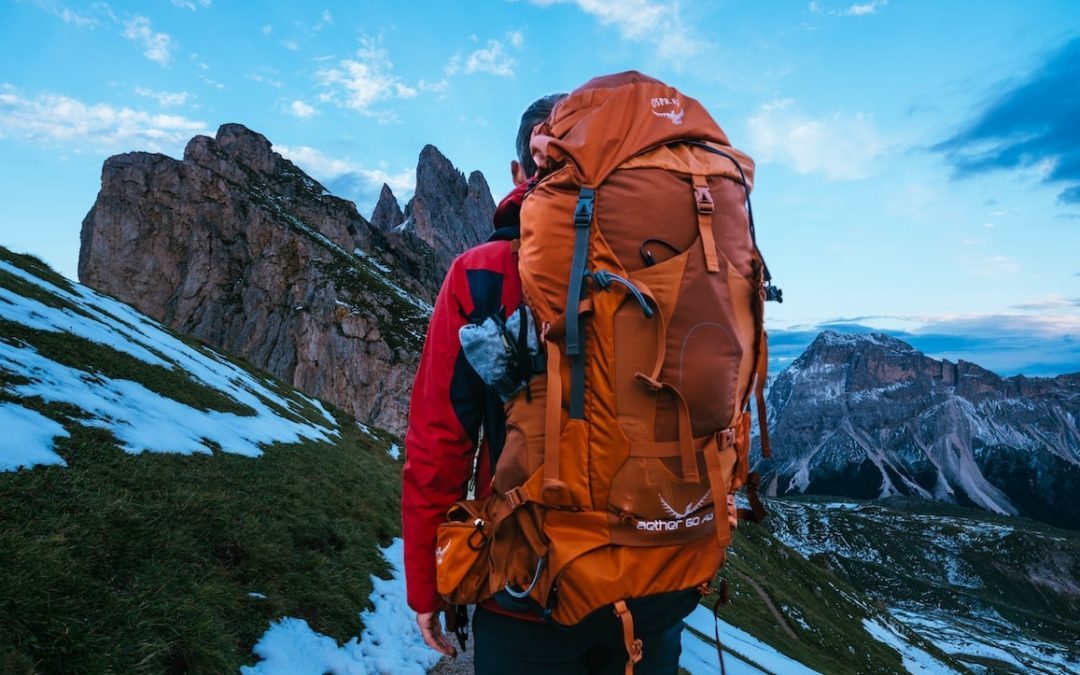Unveiling the Perfect Hiking Pack: Your Ultimate Guide to Conquering the Trails
The call of the wild beckons, and with it, the essential need for a reliable and comfortable hiking pack. More than just a bag, your hiking backpack is a crucial companion on any trek, carrying your sustenance, safety gear, and everything you need to embrace the journey ahead. Choosing the right backpack for hiking can be the difference between a blissful communion with nature and a grueling, uncomfortable experience. This comprehensive guide delves deep into the intricacies of selecting the perfect hiking pack, ensuring you’re well-equipped to tackle any trail with confidence and ease.
Understanding the Different Types of Hiking Backpacks
The world of hiking packs is diverse, catering to a wide spectrum of adventures, from short day hikes to extended expeditions. Understanding the different categories is the first step in making an informed decision:
Daypacks (15-30 liters): Ideal for shorter excursions lasting a few hours to a full day. These lightweight and streamlined packs are designed to carry essentials like water, snacks, extra layers, and basic safety gear. Look for features like comfortable shoulder straps, a hip belt for weight distribution, and perhaps a hydration reservoir sleeve.
Multi-Day Packs (30-50 liters): Perfect for overnight trips or longer day hikes where you need to carry more gear, including a sleeping bag, cooking equipment, and extra food. These packs typically feature more robust suspension systems, including a more substantial hip belt and frame, to handle heavier loads comfortably.
Backpacking Packs (50+ liters): Designed for multi-day backpacking adventures, these large-capacity packs offer ample space for all your camping gear, food for several days, and extra clothing. Durability, a highly adjustable and supportive suspension system, and numerous organizational features are paramount in these packs.
Technical Packs: Specialized packs designed for specific activities like mountaineering, climbing, or ski touring. These often feature unique attachment points for specialized gear, a more streamlined design to avoid snagging, and durable, weather-resistant materials.
Key Considerations When Choosing Your Hiking Pack
Selecting the right hiking backpack involves careful consideration of several crucial factors:
1. Torso Length: The Most Important Measurement
The most critical aspect of a comfortable hiking pack is its fit to your torso length, not just your height. A pack that is too long or too short will distribute weight improperly, leading to discomfort and potential injury. To measure your torso length, locate your C7 vertebra (the prominent bone at the base of your neck when you tilt your head forward) and follow down your spine to the top of your iliac crest (the top of your hip bones). This measurement in inches will correspond to specific size ranges offered by backpack manufacturers (e.g., Small, Medium, Large). Always consult the manufacturer’s sizing chart for accurate guidance.
2. Pack Capacity: Matching Your Needs
As discussed earlier, the capacity of your hiking pack, measured in liters, should align with the duration and nature of your hikes. Resist the urge to buy a larger pack than you need, as carrying unnecessary space and weight can be tiring.
3. Suspension System: The Backbone of Comfort
The suspension system, comprising the shoulder straps, hip belt, and frame, is responsible for transferring the weight of the pack from your shoulders to your hips, where larger muscles can handle the load more efficiently. Look for:
Adjustable Shoulder Straps: Contoured and padded straps that sit comfortably on your shoulders without digging in.
Supportive Hip Belt: A well-padded hip belt that cinches snugly around your iliac crest, carrying the majority (up to 80%) of the pack’s weight.
Internal or External Frame: Internal frames are more common today, offering better load transfer and a closer-to-the-body fit. External frames excel at carrying very heavy or awkwardly shaped loads and offer better ventilation.
Load Lifter Straps: Located at the top of the shoulder straps, these straps help pull the top of the pack closer to your back, improving balance and weight distribution.
Sternum Strap: A strap that connects the shoulder straps across your chest, preventing them from sliding off your shoulders and further aiding in weight distribution.
4. Features and Organization: Tailoring to Your Preferences
Hiking packs come with a variety of features designed to enhance functionality and organization:
Multiple Compartments: Help separate gear and keep essentials easily accessible. Consider packs with a main compartment, top lid pocket, front pockets, and side pockets for water bottles.
Hydration Compatibility: Many packs feature sleeves and ports for hydration reservoirs, allowing for hands-free hydration on the trail.
Rain Cover: An integrated or separate rain cover is essential for protecting your gear from unexpected downpours.
Attachment Points: Loops and straps for attaching trekking poles, ice axes, sleeping pads, and other external gear.
Ventilation: Mesh back panels and ventilation channels can help reduce sweat buildup and keep you cooler on hot hikes.
Access Points: Top-loading is standard, but some packs also offer front or side access zippers for easier retrieval of items at the bottom of the pack.
5. Materials and Durability: Built to Last
Hiking packs are constructed from durable nylon or polyester fabrics, often with a water-resistant coating. Look for higher denier (e.g., 600D) fabrics in high-stress areas for increased abrasion resistance. Quality zippers and buckles are also crucial for long-lasting performance.
6. Weight: Finding the Right Balance
While durability is important, the weight of the empty hiking pack also matters, especially for long-distance treks. Aim for the lightest pack that meets your needs without compromising on essential features and durability.
7. Gender-Specific Designs: Anatomical Considerations
Many manufacturers offer hiking packs designed specifically for men’s and women’s anatomies. Women’s packs typically feature narrower shoulder straps, a shorter torso length, and a more contoured hip belt to accommodate different body shapes.
Tips for Choosing and Fitting Your Hiking Pack
Try Before You Buy: If possible, visit a reputable outdoor gear store and try on several different hiking packs with weight in them to simulate real-world conditions.
Work with a Professional: Experienced staff at outdoor stores can help you measure your torso length accurately and adjust the pack for a proper fit.
Load it Up: When trying on packs, bring some gear or use weight bags to get a feel for how the pack carries a typical load.
Adjust Everything: Ensure the shoulder straps, hip belt, sternum strap, and load lifter straps are properly adjusted for a comfortable and secure fit. The hip belt should carry the majority of the weight, and the shoulder straps should primarily stabilize the load.
Walk Around: Wear the pack for a few minutes and walk around the store to assess its comfort and stability.
Caring for Your Hiking Pack
Proper care will extend the life of your hiking pack and ensure it performs reliably on every adventure:
Empty After Each Use: Remove all gear and debris after each hike.
Clean Regularly: Wipe down the exterior with a damp cloth. For tougher stains, use mild soap and water. Avoid harsh detergents or machine washing.
Air Dry: Allow your pack to air dry completely before storing it to prevent mildew.
Store Properly: Store your pack in a cool, dry place away from direct sunlight.
Inspect Regularly: Check for any signs of wear and tear, such as frayed straps, broken buckles, or holes in the fabric. Address any issues promptly.
Embark on Your Next Adventure with Confidence
Choosing the right hiking pack is an investment in your comfort, safety, and enjoyment on the trail. By understanding the different types of packs, considering key features, and ensuring a proper fit, you can find the perfect companion for your outdoor pursuits. So, take the time to explore the options, find the best hiking backpack for your needs, and get ready to create unforgettable memories in the great outdoors. Your adventure awaits!





